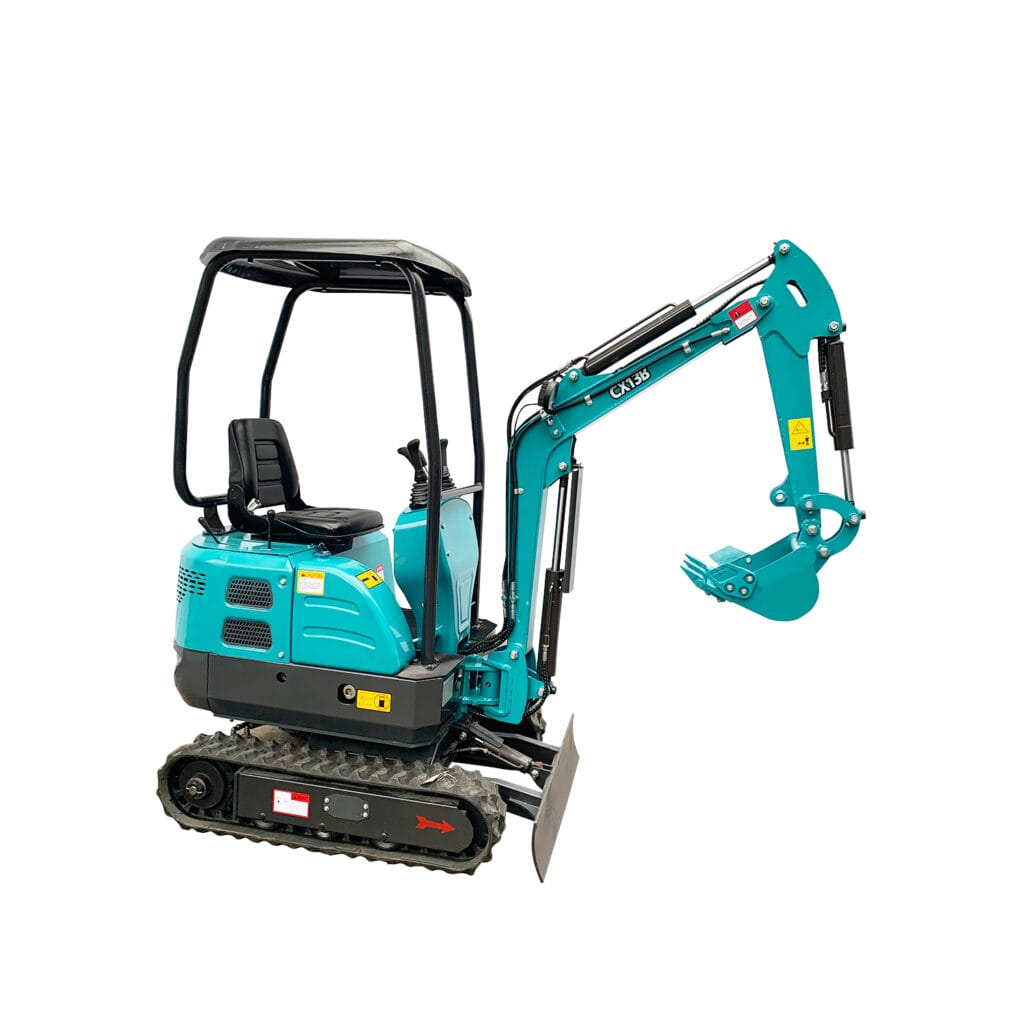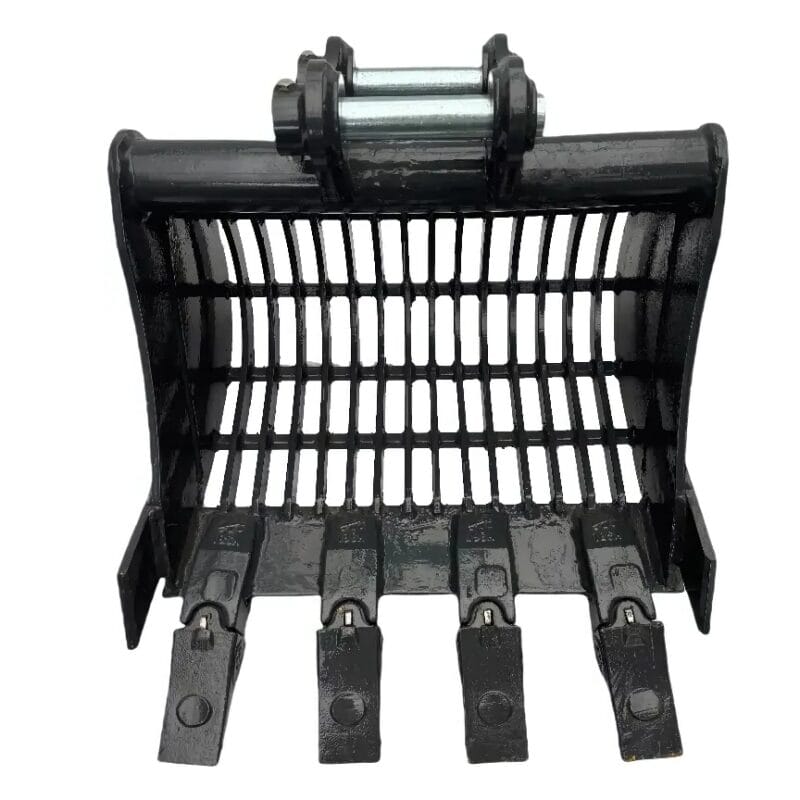Which excavator is suitable for transplanting fruit trees?
When transplanting fruit trees — whether for orchards, landscaping, or agroforestry projects — you need an excavator that balances precision, agility, and power. A mini excavator (1-6 ton class) is often ideal: small enough to maneuver between rows or tight spaces, yet strong enough to lift root balls without damaging them. Chinese mini excavator manufacturers offer cost-effective machines that deliver good power-to-weight ratios and reliable hydraulics.
Use attachments like tree-digging blades or root-ball buckets to preserve root structure. Our company specializes in supplying versatile mini excavator attachments and machines for fruit tree work, plus offers rent mini excavator options so you can get the right tool for your season-long or project-based needs.

Why use a mini excavator to transplant fruit trees
Mini excavators minimize soil disturbance, protect delicate roots, and provide precise control when digging. They speed up tree transplanting, reduce labor costs, and ensure consistent hole depth and root-ball size — all critical for healthy fruit tree establishment.
How deep should “I dig planting holes for fruit trees?”
The planting hole should match the height of the root ball, and twice its width or more. Set the root flare slightly above ground level. Avoid planting too deep, which can suffocate the trunk or cause waterlogging around roots.
How much does a mini excavator weigh?
The weight of a mini excavator depends on its size and attachments. Basic micro-mini units (around 1 ton) might weigh roughly 800-1,500 kilograms. Standard mini excavators in the 3-6 ton class can weigh 2,700-6,000 kg or more with counterweights, boom, arm, and bucket. Models with tree-digging blade attachments, root-ball buckets, or augers add extra weight.
Chinese mini excavator variants sometimes use lighter frame materials to keep transport and shipping costs down, but those savings may reduce durability under heavy root masses. It’s important to account for ground pressure: heavier machines compact soil, which can harm fruit tree root systems.
Before transplanting, check the machine’s operating weight (manufacturer’s “rated operating weight”) with the desired bucket or attachment in place, especially if you plan to rent mini excavator — the rental unit might come without all needed attachments.
How to operate a mini excavator?
Operating a mini excavator to transplant fruit trees involves several careful steps. First, prepare the site: flag tree locations, ensure walk-in access and ground is level. Choose the right attachment (tree-digging blade or root-ball bucket) and align it with the tree trunk diameter.
Position the machine so the blade or bucket enters vertically around the root ball. Gradually dig in a circular pattern, preserving as many feeder roots as possible. Once the root ball is free, lift slowly, support the tree base, and transfer to its new hole without drooping or twisting. Backfill with loose soil, matching the soil’s original texture.
Water immediately to settle soil and eliminate air pockets. Always operate hydraulics gently: sudden movements can tear roots. Monitor for soil compaction around the new planting, using attachments like grading buckets to finish the area smoothly. When renting a mini excavator, ensure operators are trained — mistakes cost young trees survival.
Summary
Mini excavators are powerful, precise tools for planting fruit trees when properly matched to job size, operated carefully, and maintained well. They preserve root health, increase efficiency, and reduce labor. Whether using a Chinese mini excavator or renting one with the right attachments, success begins with choosing the proper machine, digging correctly, and handling trees gently.





